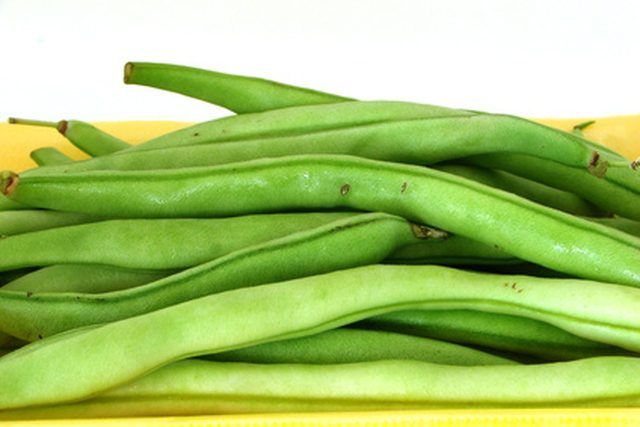Bulbs
Flower Basics
Flower Beds & Specialty Gardens
Flower Garden
Garden Furniture
Garden Gnomes
Garden Seeds
Garden Sheds
Garden Statues
Garden Tools & Supplies
Gardening Basics
Green & Organic
Groundcovers & Vines
Growing Annuals
Growing Basil
Growing Beans
Growing Berries
Growing Blueberries
Growing Cactus
Growing Corn
Growing Cotton
Growing Edibles
Growing Flowers
Growing Garlic
Growing Grapes
Growing Grass
Growing Herbs
Growing Jasmine
Growing Mint
Growing Mushrooms
Orchids
Growing Peanuts
Growing Perennials
Growing Plants
Growing Rosemary
Growing Roses
Growing Strawberries
Growing Sunflowers
Growing Thyme
Growing Tomatoes
Growing Tulips
Growing Vegetables
Herb Basics
Herb Garden
Indoor Growing
Landscaping Basics
Landscaping Patios
Landscaping Plants
Landscaping Shrubs
Landscaping Trees
Landscaping Walks & Pathways
Lawn Basics
Lawn Maintenance
Lawn Mowers
Lawn Ornaments
Lawn Planting
Lawn Tools
Outdoor Growing
Overall Landscape Planning
Pests, Weeds & Problems
Plant Basics
Rock Garden
Rose Garden
Shrubs
Soil
Specialty Gardens
Trees
Vegetable Garden
Yard Maintenance
How to Start Bean Seeds
How to Start Bean Seeds. Bean seeds are large and easy-to-plant, but getting them to sprout in the soil can sometimes be a challenge. If seeds are soaked prior to planting, or if the soil is too wet, the seeds may crack and not germinate well. If the soil is too dry, the seeds may also have trouble germinating. Starting, or germinating, bean seeds...

Bean seeds are large and easy-to-plant, but getting them to sprout in the soil can sometimes be a challenge. If seeds are soaked prior to planting, or if the soil is too wet, the seeds may crack and not germinate well. If the soil is too dry, the seeds may also have trouble germinating. Starting, or germinating, bean seeds before planting is one way to be sure your beans get off to a good start.
Things You'll Need
Green bean seeds of any variety
Paper towels
Zip baggies or plastic wrap
Tepid water
Waterproof plates
Calculate approximately how many bean seeds you will need to start, based on the size of the area you intend to plant. Bush beans require 2- to 4-inch spacing, with 18 to 24 inches between rows. Pole beans need 4 to 6 inches, and 30 to 36 inches between rows.
Set out only the bean seeds you will need. Fold a paper towel in half, then in half again, and place it on a waterproof plate. Pour water onto the paper towel, just enough to soak it but not leave a puddle. Pour any extra water off the plate.
Open the wet paper towel back to its half size. Place bean seeds about an inch apart over half the paper towel. This room will be needed by the roots, which can become tangled as they grow. Repeat steps 2 and 3 for any remaining seeds that need to be started.
Fold the other half of the paper towel over the seeds. Press down gently to have the top paper towel make contact with each seed.
If using zipper storage bags, carefully slide each paper towel into a bag. Press to remove most of the air, and seal the zipper completely to prevent the paper towel from drying out. If using plastic wrap, fold under the corners of the paper towel, so they do not extend beyond the edge of the plate, before wrapping tightly with one or two layers of plastic wrap.
Bean seeds will germinate well at room temperature, so keep plates or baggies in the house. You may put the plates on a windowsill or tape the baggies to the window for extra warmth from sunshine. However, remove them before the sun goes down and the window becomes cold.
After three days, open up the paper towel to see if your seeds have sprouted. A white root will be growing out of one end of the seed. Plant 1 inch deep, root pointing down, using the spacing explained in Step 1.
Tips & Warnings
Beans should be planted after the last average frost date, so start your seeds three to five days before that time.
Plant in the ground only those seeds that are well-sprouted, and do not delay planting.